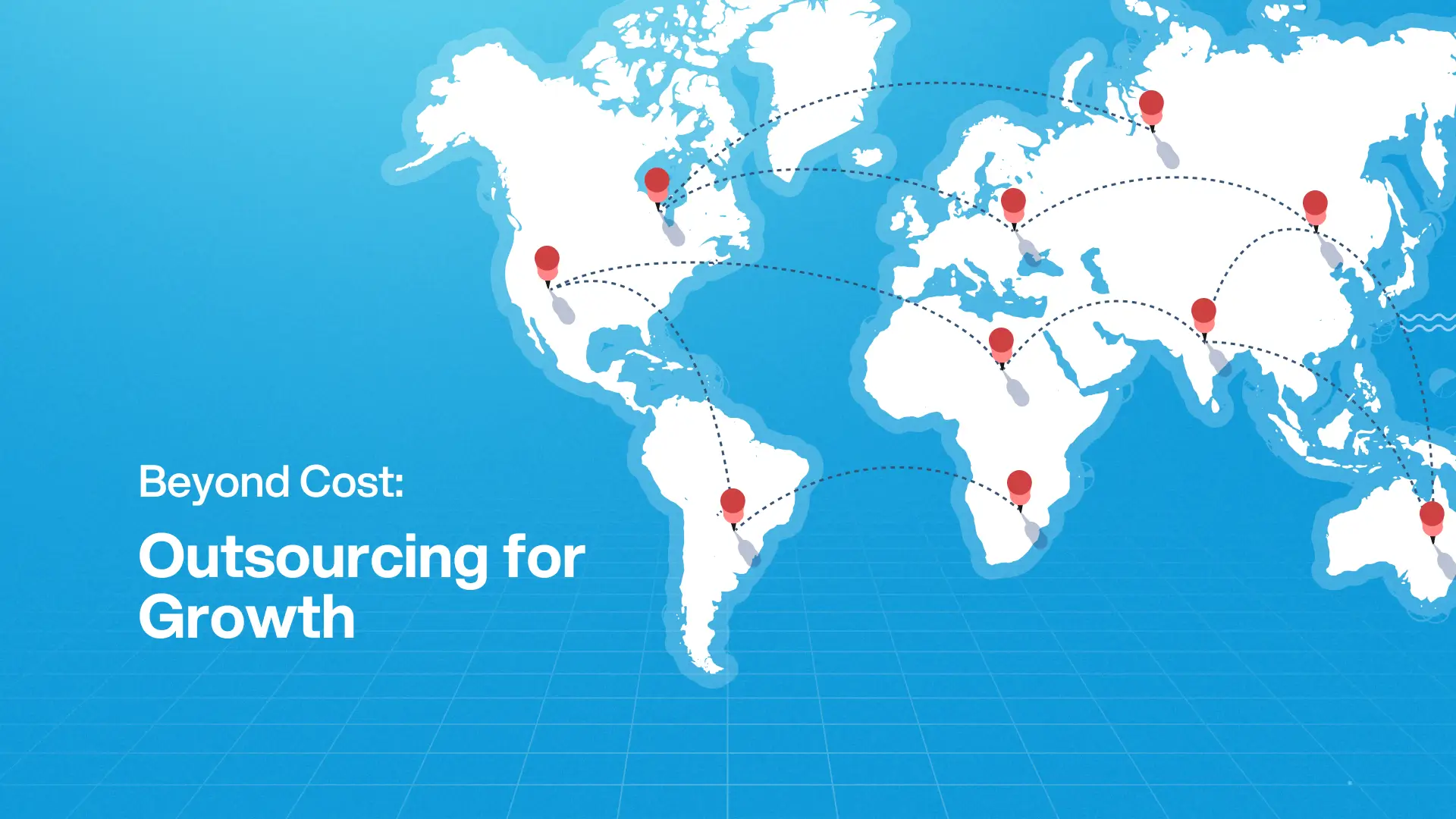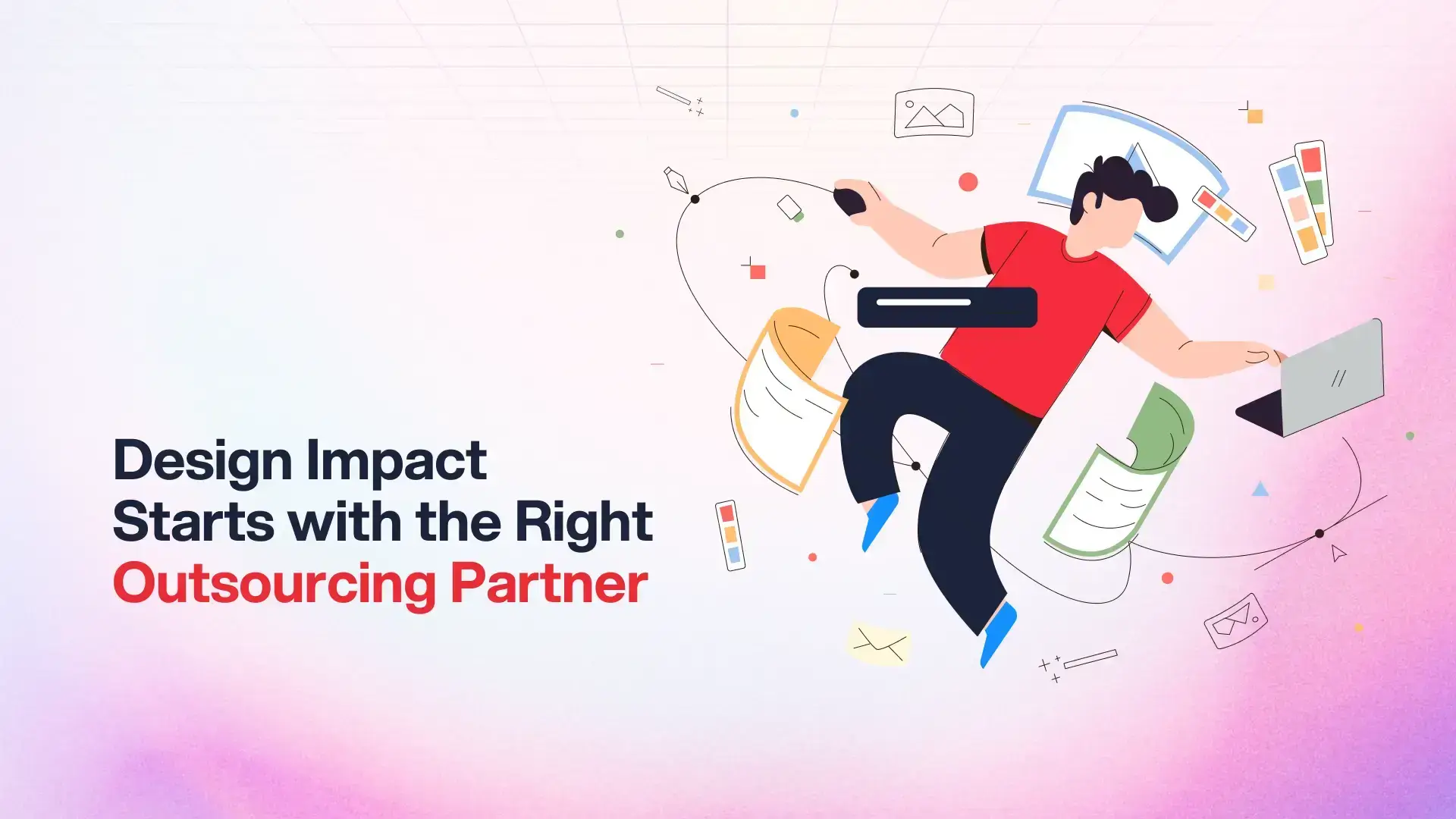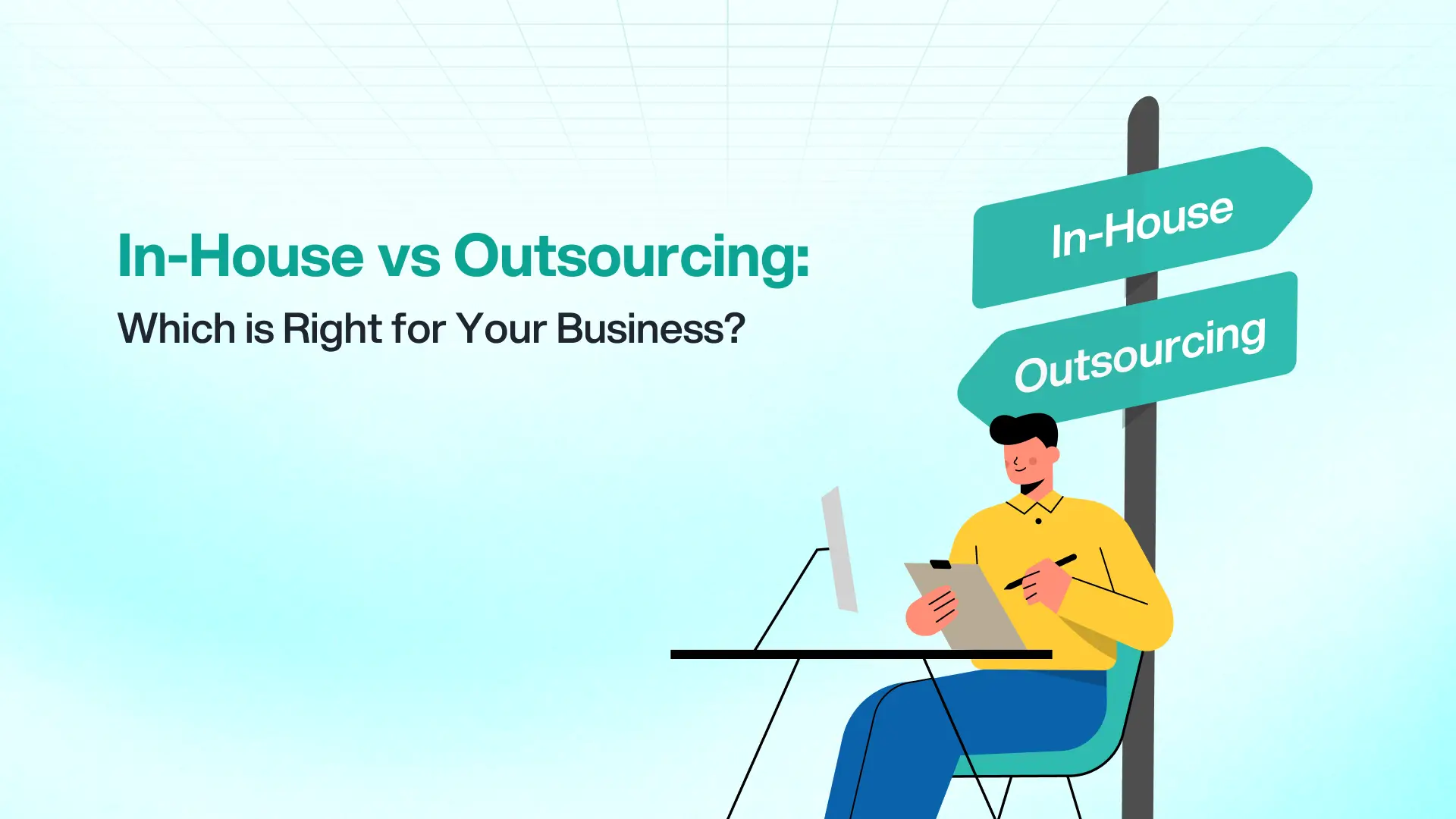Post Activity
 190
190
Table of Content
Share This Post
Table of Content
Generative AI can leak sensitive data or reinforce harmful biases, while Agentic AI can act on flawed logic or outdated information. Together, they may make decisions that deviate from organizational goals or legal boundaries. Human-in-the-loop safeguards, explainable AI frameworks, graduated autonomy levels, ethical oversight, and strong governance are the foundations to solve these risks and challenges. You must also confront growing regulatory pressures with agility, transparency, and compliance readiness.
Agentic AI vs Generative AI: A Quick Comparison
Gartner predicts that by 2029, agentic AI will solve 80% of common customer service problems on its own, without any human intervention. This transformation will lead to 30% reduction in operational costs for businesses using agentic AI.
Unlike older AI, agentic AI can take actions like canceling subscriptions or fixing simple issues automatically. It can proactively spot problems before customers even notice and resolve them. Gartner recommends customer‑service managers learn about AI, data analytics, and how to blend AI with human oversight. Agentic AI still requires human oversight for ethical, regulatory, or high-stakes decisions.
How Agentic AI & Generative AI Work Together
In many enterprise use cases, agentic and generative AI complement each other. For example, Generative AI drafts a project report. Agentic AI reviews its relevance to current KPIs and sends it to stakeholders automatically. This combination drives faster execution and better decision-making.
Technology & Professional Services
- Agentic AI: Automated resource allocation, sprint planning
- Generative AI: Drafting documentation, creating onboarding flows
Healthcare
- Agentic AI: Patient triage, appointment management
- Generative AI: Creating discharge summaries, patient communication
Fintech
- Agentic AI: Real-time fraud detection, compliance monitoring
- Generative AI: Portfolio summaries, chatbot for investor FAQs
E-commerce
- Agentic AI: Inventory restocking decisions, dynamic pricing
- Generative AI: Product descriptions, customer reviews, virtual stylists
Thinking of Outsourcing?
Access a wide range of outsourcing companies and find your best fit.
Where They Can’t Work Together
Generative AI and Agentic AI are often complementary, but there are scenarios and limitations where their collaboration is either ineffective or problematic. Here are the main areas where they can’t or shouldn’t work together:
1. Lack of Contextual or Goal Alignment
Generative AI is not goal-driven; it simply produces content based on prompts without understanding broader objectives or context.
Agentic AI relies on clear goals, decision-making, and the ability to plan and act autonomously.
If generative model’s outputs do not align with the agent’s goals or constraints, the agent cannot reliably use or act on that content. For example, if the generative AI creates content that is factually incorrect or irrelevant to the agent’s current objective, the agentic system may make poor decisions or need to discard the output.
2. Integration and System Compatibility Challenges
Agentic AI often requires integration with multiple external systems (APIs, databases, business applications) to execute tasks.
Generative AI models are typically standalone or API-based and may not natively interact with the broader system landscape required by agentic workflows.
When generative AI cannot be embedded or accessed within the agentic system’s operational environment, their collaboration breaks down. For example, if the generative model cannot access the necessary data or tools, it cannot provide useful outputs for the agent to act upon.
3. Poor Data Quality or Mismatched Inputs
Both generative and agentic AI are highly dependent on the quality and relevance of input data.
If the underlying data is poor, outdated, or inconsistent, generative AI may produce unreliable outputs, which then lead agentic AI to make incorrect or even harmful decisions.
In regulated industries or safety-critical applications, this lack of reliability can make it unsafe or non-compliant to use generative and agentic AI together.
4. Over-Reliance on Automation and Loss of Oversight
Combining agentic and generative AI can lead to over-automation, where systems make decisions and generate content without sufficient human oversight.
In domains requiring academic rigor, ethical judgment, or regulatory compliance, this can result in errors, bias, or even legal violations if not carefully managed.
If safeguards, transparency, and human-in-the-loop controls are not in place, their integration can do more harm than good.
5. Creative vs. Structured Task Mismatch
Generative AI and Agentic AI serve distinct purposes. While one excels at ideation and language generation, the other is built for autonomy and goal-directed execution. However, not all tasks benefit equally from either approach. The table below outlines how their strengths align with specific scenarios, highlighting where each AI model thrives and where their collaboration might introduce friction.
If a task is purely creative or purely rule-based, combining both types of AI may be unnecessary and even counterproductive.
6. Ethical, Security, and Compliance Risks
Autonomous agentic systems using generative AI outputs may inadvertently propagate misinformation, bias, or generate inappropriate content, especially if not tightly controlled.
In sensitive sectors (e.g., healthcare, law, finance), this can lead to compliance violations or reputational damage.
Generative AI and agentic AI can’t work together effectively when there is a lack of goal alignment, poor system integration, unreliable data, excessive automation without oversight, a mismatch between creative and structured tasks, or heightened ethical and compliance risks.
Successful integration requires careful planning, robust data management, and strong governance to avoid these pitfalls.
Ready to Build Your Team?
Let’s create together, innovate together, and achieve excellence together. Your vision, our team – the perfect match awaits.
Risks & Challenges in both Agentic AI & Generative AI
1. Autonomy Risks
Generative and Agentic AI systems can act independently, sometimes pursuing goals that are not fully aligned with human intentions or organizational objectives. When these systems make decisions without sufficient context or oversight, they may produce unintended or harmful outcomes. This is particularly concerning in high-stakes environments where context is crucial for safe and effective decision-making.
Fully autonomous AI agents making decisions in critical environments, like healthcare or finance, without human oversight can lead to unsafe or unintended outcomes. Researchers warn that ceding full human control increases risks to people, especially as system autonomy rises.
Solutions:
- Human-in-the-loop mechanisms: Always ensure humans have the ability to intervene or override AI decisions, especially for high-stakes scenarios.
- Adopt agent levels: Implement graduated autonomy levels so that the degree of control matches the risk level of the application.
- Safety verification: Regularly verify and validate AI agent behaviors to ensure alignment with human values and safety requirements.
2. Ethical Concerns
As AI systems become more autonomous, it becomes less clear who is responsible for their actions and decisions. Determining accountability for outcomes generated by AI, especially when those outcomes have significant ethical implications, remains a major concern. This ambiguity complicates efforts to ensure transparency, responsibility, and trust in AI-driven systems.
When an AI system makes a harmful or biased decision, such as denying a loan based on flawed criteria, it may be unclear who is accountable – the developer, the operator, or the organization.
Solutions:
- Clear accountability policies: Define and document who is responsible for AI oversight and decision outcomes.
- Ethics-by-design: Embed ethical considerations into AI development, including stakeholder collaboration and regular ethical audits.
- Transparency: Use explainable AI frameworks to allow stakeholders to understand and audit AI decisions.
3. Data Privacy
Generative AI relies on vast datasets, often containing sensitive or personal information. The use of large data sets increases the risk of exposing private information, either through data breaches or inadvertent leaks by the AI itself. Ensuring robust data privacy protections is critical to prevent misuse or unauthorized disclosure of personal data.
Generative AI models trained on unsecured or sensitive datasets can inadvertently leak personal or proprietary information through their outputs. For instance, a chatbot trained on internal company emails might reveal confidential data in its responses.
Solutions:
- Strict access controls: Implement multi-factor authentication and role-based access for AI systems.
- Data encryption and anonymization: Encrypt data at rest and in transit; use privacy-preserving techniques like differential privacy.
- Regular audits: Continuously monitor and audit data usage to prevent leaks and unauthorized sharing.
4. Bias in Training Data
AI systems learn from the data they are trained on, and if that data contains biases, the AI can perpetuate or even amplify those biases. Biased training data can lead to unfair, discriminatory, or toxic outputs, undermining the reliability and fairness of AI systems. Addressing data bias is essential to prevent harm and ensure equitable outcomes.
AI systems trained on biased datasets can perpetuate discrimination, such as facial recognition systems performing poorly on certain demographic groups due to underrepresentation in the training data.
Solutions:
- Inclusive data curation: Collect diverse and representative datasets that minimize bias.
- Bias detection and mitigation tools: Use specialized tools to identify and correct biases during development.
- Ongoing monitoring: Continuously assess AI outputs for fairness and adjust models as needed.
5. Regulatory Pressure
With new laws and guidelines emerging globally, the regulatory landscape for AI is rapidly evolving. Organizations must keep pace with regulations such as the EU AI Act and the U.S. AI Bill of Rights. Compliance is complex and requires ongoing adaptation as legal frameworks develop to address the risks and societal impacts of advanced AI technologies.
New regulations, such as the EU AI Act or U.S. executive orders, require organizations to comply with evolving standards for AI safety, privacy, and fairness. Overregulation can disrupt markets and hinder innovation, while under-regulation can lead to unchecked risks.
Solutions:
- Stay informed and agile: Monitor regulatory developments and adapt compliance strategies accordingly.
- Participate in policy discussions: Engage with regulators and industry groups to help shape practical, balanced AI policies.
- Comprehensive governance: Establish internal frameworks for compliance, including documentation, reporting, and regular reviews of AI systems.
Embrace the Divide and Synergy Between Generative AI & Agentic AI
Generative AI expands human creativity, but Agentic AI expands operational capacity. Knowing when to use which and how to integrate them is essential for sustainable digital transformation. That said, these systems are not plug-and-play. They require robust governance, reliable data pipelines, goal alignment, and thoughtful oversight. Merging the two without a clear operational framework invites risk, especially around ethics, compliance, and system integrity.
Treat AI not as a monolithic solution but as a layered ecosystem. Use generative AI where innovation and content matter. Use agentic AI where decisions and action are needed. Blend them only where infrastructure, context, and trust allow.
As your organization’s AI maturity grows, adopting a nuanced, intentional approach will not only help you avoid costly pitfalls; it will position you to lead the next wave of intelligent automation.
Find Your Perfect Software Outsourcing Partner
Unlock a world of trusted software outsourcing companies and elevate your business operations seamlessly.






